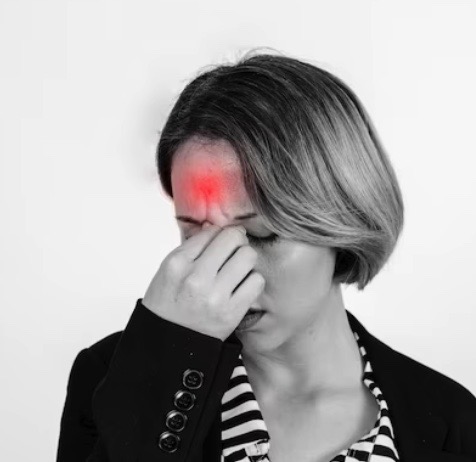Experimental models of migraine both in vitro and in vivo

Accepted: 4 September 2018
All claims expressed in this article are solely those of the authors and do not necessarily represent those of their affiliated organizations, or those of the publisher, the editors and the reviewers. Any product that may be evaluated in this article or claim that may be made by its manufacturer is not guaranteed or endorsed by the publisher.
Animal models have been critical to our understanding of the neurobiology of migraine. Model systems have the advantage of being able to control experimental variables to a much greater degree than in human studies. Over the past decade, a number of animal models of migraine have been developed. However, each animal model of migraine has its own merits and demerits. It is imperative that animal model selection shall be based on the neurobiological mechanisms of migraine one chooses to study.
The review summarizes numerous animal models of migraine. In our review, we classified migraine models into five categories: i) models based on anastomoses and isolated blood vessels; ii) models based on neurovascular involvement; iii) Superior Sagittal Sinus stimulation; iv) nitroglycerin induced model; v) genetically modified mouse models. This review discussed above mentioned models covering implications of each model.
Copyright (c) 2023 the Author(s)

This work is licensed under a Creative Commons Attribution-NonCommercial 4.0 International License.
PAGEPress has chosen to apply the Creative Commons Attribution NonCommercial 4.0 International License (CC BY-NC 4.0) to all manuscripts to be published.


 https://doi.org/10.4081/pcr.2023.7772
https://doi.org/10.4081/pcr.2023.7772



